Seminole Wind: Reflections on Nature and Greed Through Lyrics
The lyrics of "Seminole Wind" by John Anderson explore the clash between human greed and the natural world, particularly focusing on the Everglades and the Seminole people. The song reflects on the destructive impact of progress on the environment and the longing to preserve the beauty of the land. Through powerful imagery and emotional storytelling, it highlights the importance of reconnecting with nature and respecting indigenous cultures.
Download Presentation

Please find below an Image/Link to download the presentation.
The content on the website is provided AS IS for your information and personal use only. It may not be sold, licensed, or shared on other websites without obtaining consent from the author. Download presentation by click this link. If you encounter any issues during the download, it is possible that the publisher has removed the file from their server.
E N D
Presentation Transcript
Seminole Wind By: John Anderson Mr. Gift
Verse 1 Ever since the days of old, Men would search for wealth untold. They'd dig for silver and for gold, And leave the empty holes. And way down south in the Everglades, Where the black water rolls and the saw grass sways. The eagles fly and the otters play, In the land of the Seminole.
Chorus So blow, blow Seminole wind, Blow like you're never gonna blow again. I'm calling to you like a long lost friend But I know who you are. And blow, blow from the Okeechobee, All the way up to Micanopy. Blow across the home of the Seminole, The alligators and the gar.
Verse 2 Progress came and took its toll, And in the name of flood control, They made their plans and they drained the land, Now the glades are going dry. And the last time I walked in the swamp, I sat upon a Cypress stump, I listened close and I heard the ghost, Of Osceola cry.
Lyric Dissection Ever since the days of old, Men would search for wealth untold. They'd dig for silver and for gold, And leave the empty holes. Human beings have a natural tendency to quench the thirst of greed. In an attempt to find wealth, we have historically put the environment second, disregarding the mess we have made trying to find out wealth.
Lyric Dissection And way down south in the Everglades, Where the black water rolls and the saw grass sways. The eagles fly and the otters play, In the land of the Seminole. The Everglades is one of the last remaining refuges for not only wildlife, but also for natives. Being a very diverse environment supporting lots of biodiversity.
Lyric Dissection So blow, blow Seminole wind, Blow like you're never gonna blow again. Blowing wind has a sense of freedom and power, and the Everglades is losing its wildness through development. The artist is crying out to retain the refuge. I'm calling to you like a long lost friend But I know who you are. I'm calling to you like a long lost friend But I know who you are. Although most feel disconnected from nature, the artist does not. He is longing to maintain the connection. And blow, blow from the Okeechobee, All the way up to Micanopy. Blow across the home of the Seminole, The alligators and the gar.
Lyric Dissection So blow, blow Seminole wind, Blow like you're never gonna blow again. Okeechobee and Micanopy are both towns in central and south central Florida. There is also Lake Okeechobee, the largest freshwater lake in FL I'm calling to you like a long lost friend But I know who you are. These areas are known for their wildlife, as well as the native population. And blow, blow from the Okeechobee, All the way up to Micanopy. Blow across the home of the Seminole, The alligators and the gar.
Lyric Dissection Progress came and took its toll, And in the name of flood control, They made their plans and they drained the land, Now the glades are going dry. Trying to divert the water resources for not only freshwater resources but also for water cycle control, the Everglades sanctuary (which is mostly swamp), is being drained and the habitat is being lost.
Lyric Dissection And the last time I walked in the swamp, I sat upon a Cypress stump. The Cypress tree is one of the oldest symbols of mourning. The artist includes the Cypress stump to relay his emotion of loss and sadness. I listened close and I heard the ghost, Of Osceola cry. Osceola was an influential leader of the Seminoles.
Seminole History The Seminoles were once several separate tribes spread across the entire southeast. In 1830, congress passed the Indian Removal Act, attempting to force the Natives to the western side of the Mississippi River. Several Natives in the southeast fled to the deep southern parts of Florida, now known as the Everglades. They were able to survive, seek refuge, and fight against the inexperienced white men in this territory. Now, all Natives in the area, although from several different tribes originally, are called Seminoles.
Controversial Draining And in the name of flood control, the made their plans and drained the land Attempts to drain the Everglades had been taking place since 1881. Several people argue that the real purpose of draining the land was to remove the Seminoles, yet they masked their reasoning with flood control .
Past, Present, or Future Issues Past Hurricanes in 1926 and 1928 caused damage and flooding from Lake Okeechobee (the lake that feeds the Everglades), prompting the construction of dikes around the lake Floods of 1947 prompted construction of canals through southern Florida. After the population boom after WWII, the Everglades were divided into sections, separated by canals and water control devices delivering water to agricultural and newly developed urban areas. In 1960s, attention was directed to restoring the Everglades.
Okeechobee and Micanopy Okeechobee Largest freshwater lake in the state of Florida, feeds the waters of the Everglades. Flooding of this lake would cause vast amounts of water to leave the area and drain into the southern wetlands Micanopy Although a very small town in Florida (population 600), this was the first United States town in Florida (1821). Named after Seminole Chief Micanopy to appease the chief and acknowledge his original authority over the land
Osceola Led small band of warriors in the Seminole resistance during Second Seminole War when the United States tried to remove them from their Florida territory. He became advisor to Micanopy, Was captured by deception in September 1837. Went for peace talk to US fort and died a few months later, reportedly from internal infection.
Science Involved Everglades are fed by the flood waters of Lake Okeechobee. Once the waters over flow the banks of the lake, a river 100 miles long and 60 miles wide forms. Only flows mile a day. More so a wetland than river. Canals were dug in order to diverge the water to the agricultural communities, draining the land. Drainage led to destruction of habitat, loss of biodiversity, etc. Cypress stump signifies the loss of the biodiversity in the area (aside from the mourning of the artist)
Science Involved Where the black water rolls and the saw grass sways Saw grass is a plant which grows in very infertile conditions, typically in wetlands. Everglades are known for the vast expansions of it s saw grass. Some call water ways in Everglades the River of Grass
Musical Tone Intro and outro involve a slow, rhythmic violin along side a mournful piano tone. This melody reflects a sense of mourning and reflection The artist is relaying a message which suggests a sense of loss and reflection on the past.
Overall.. Seminole Wind by John Anderson has multiple meanings and messages. One which relays concern for the environmental issues of not only the Everglades, but our wilderness in general. The song also speaks on the history of the Seminoles, the United States Government, and the struggles the United States Government bestowed upon the Seminoles. So blow, blow Seminole wind, Blow like you're never gonna blow again. Alludes not only to the sense of wilderness, but also to the longing of freedom the Seminoles had longed for 100s of years.
Personal Experience One of my father s favorite songs Made me appreciate the message as well as the music Taught me that there is always a meaning behind a true song and it is our duty to find that meaning and relay it to ourselves or to the real world Taught me the true history of the Seminoles, environmental/social issues surrounding these dark times of our country.


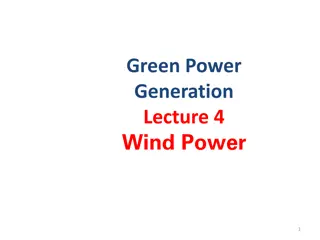


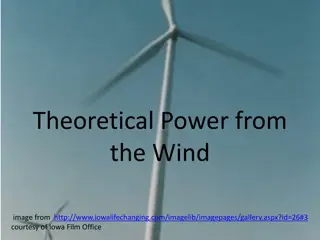
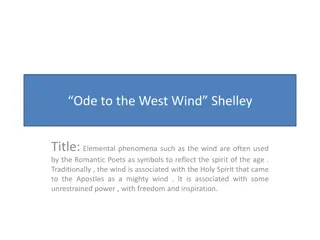
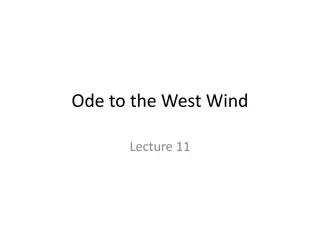
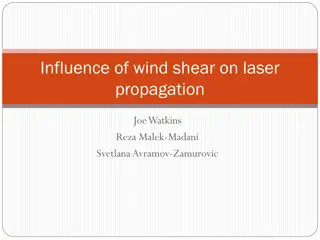
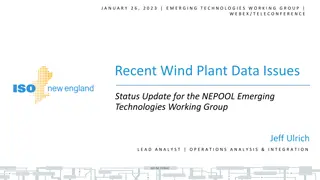
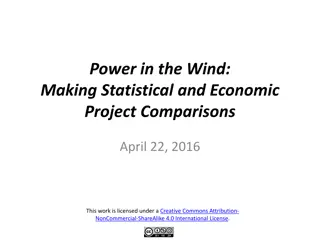
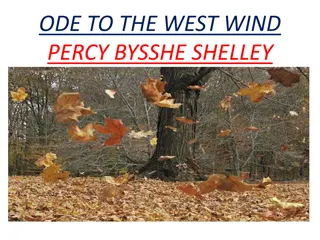
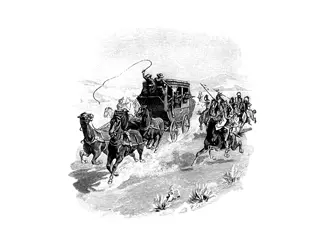
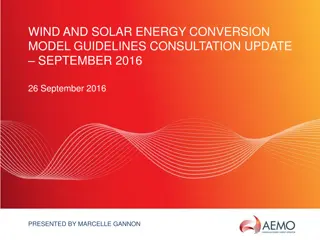
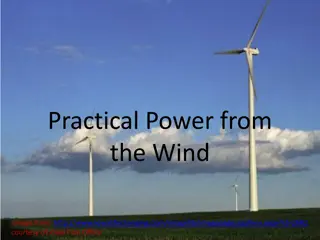
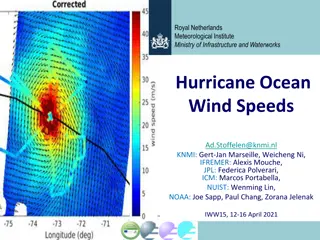

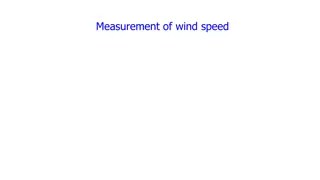
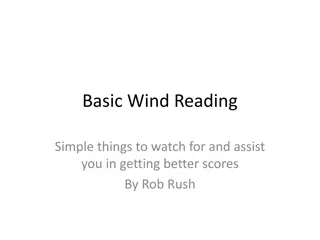
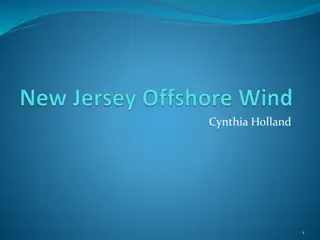
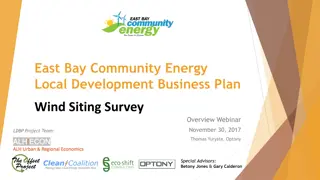
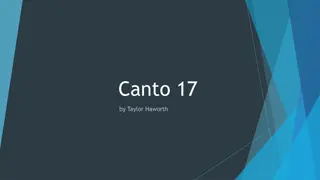
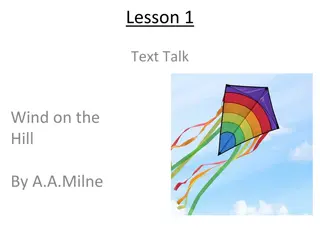
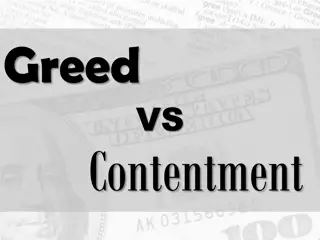
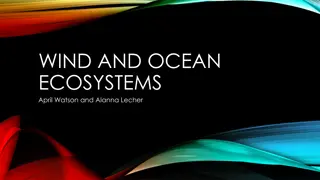
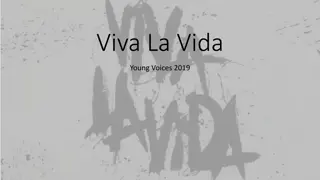

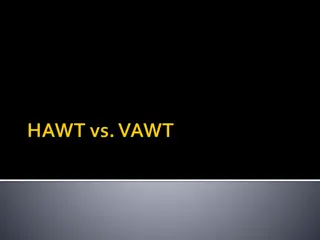
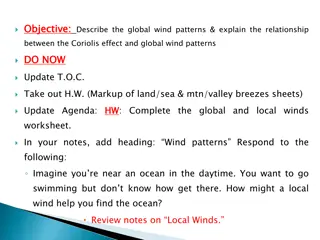
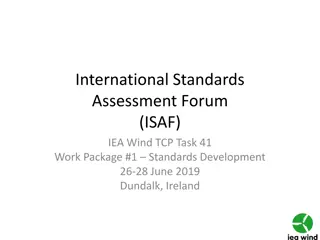
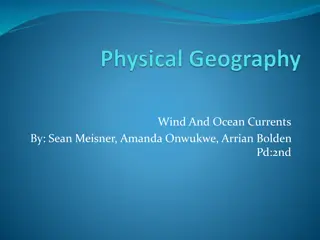
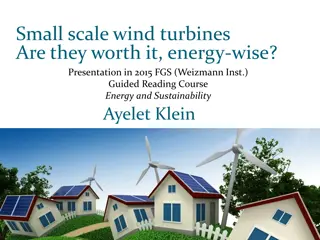

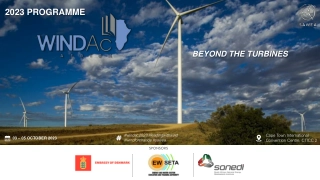
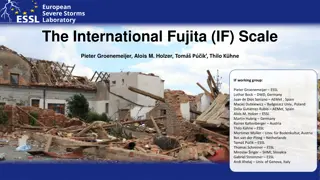
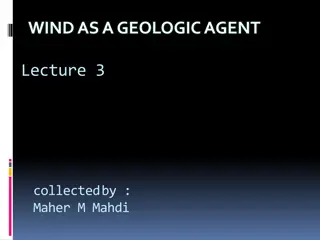
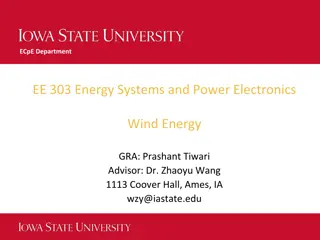
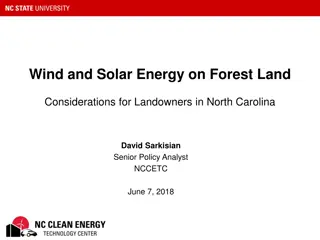


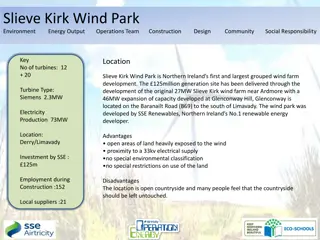
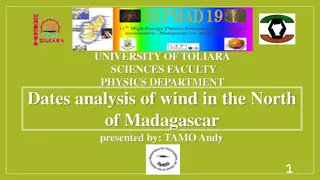
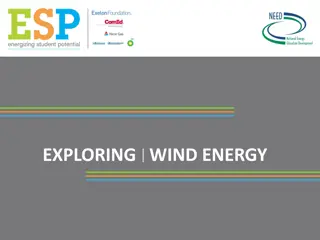
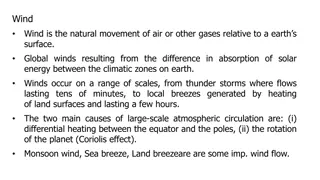
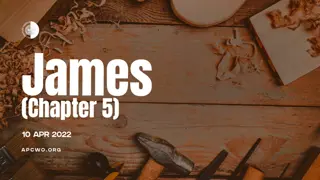
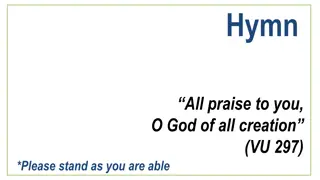
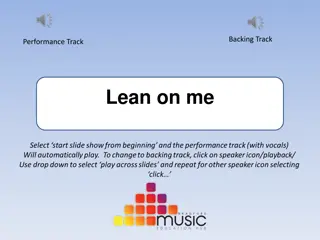
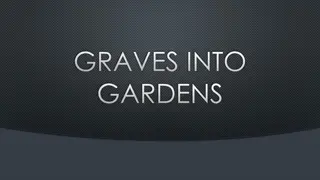
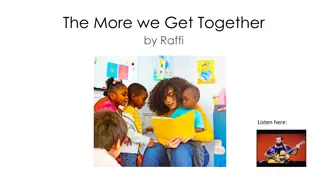
![Road Safety Awareness Song for [School Name]](/thumb/197150/road-safety-awareness-song-for-school-name.jpg)